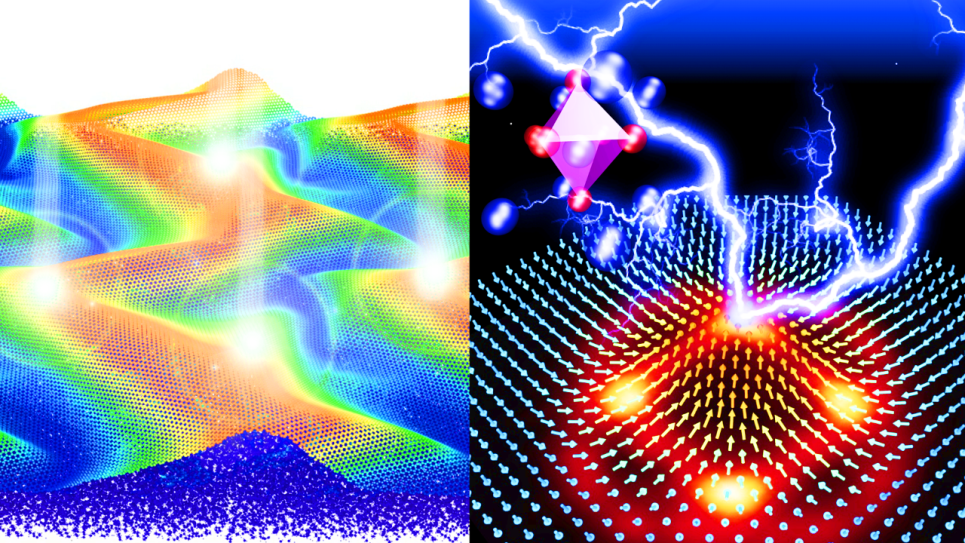This project will use predictive hierarchical modeling and machine learning to accelerate the discovery and design of materials for a variety of energy-related applications. Their work will improve the understanding and selection of nanoporous materials for separation and catalytic processes in the chemical, biorenewable, and petrochemical industries.
An interdisciplinary, collaborative team will use predictive hierarchical modeling and machine learning to accelerate the discovery and design of materials for a variety of energy-related applications. The computational campaigns that will be carried out with this ALCC project are integral parts of this team’s ongoing research efforts aligned with the Department of Energy’s mission statement to advance scientific and technological capabilities with innovative discoveries. The research objectives of this ALCC project are aligned with the goals of the Nanoporous Materials Genome Center (NMGC) that is supported through a DOE Computational Chemical Sciences (CCS) award. The research also supports BES objectives in the fundamental core programs of the Chemical Sciences, Geosciences, and Biosciences (CSGB) Division through the Computational and Theoretical Chemistry, Separations, and Catalysis focus areas. To this extent, the ALCC consortium project is divided into four topics:
• Hierarchical screening and machine learning for adsorption and transport in nanoporous materials aimed at the discovery of materials with superior performance, including composite zeolite nanosheet/polymer, post-synthetically modified metal-organic frameworks (MOFs), and the development of machine-learning models for the prediction of mixture isotherms from single-component isotherms and/or spatial distributions of adsorption energies.
• First principles Monte Carlo and molecular dynamics simulations aimed at improving characterization of cation-containing nanoporous zeolites, post-synthetically modified MOFs, and of 𝛾-Al2O3/ZnO/ZIF-8 composite membranes.
• Mixed density functional theory and quantum Monte Carlo study for MOF-pore-templated copper-indium nanoparticles aimed at exploring reaction intermediates and mechanism for these MOF-nanoparticle systems that have shown activity for the reduction of carbon dioxide to methanol.
• Molecular dynamics simulations of homogeneously stretched and bubbly water systems aimed at advancing knowledge for multi-phase flow through multi-billion particle simulations at micron length scale.
Improving the understanding and selection of nanoporous materials for separation and catalytic processes in the chemical, biorenewable, and petrochemical industries has tremendous societal benefits. The data obtained in this project will be disseminated through peer-reviewed publications, presentations at scientific meetings, and open-source databases.
